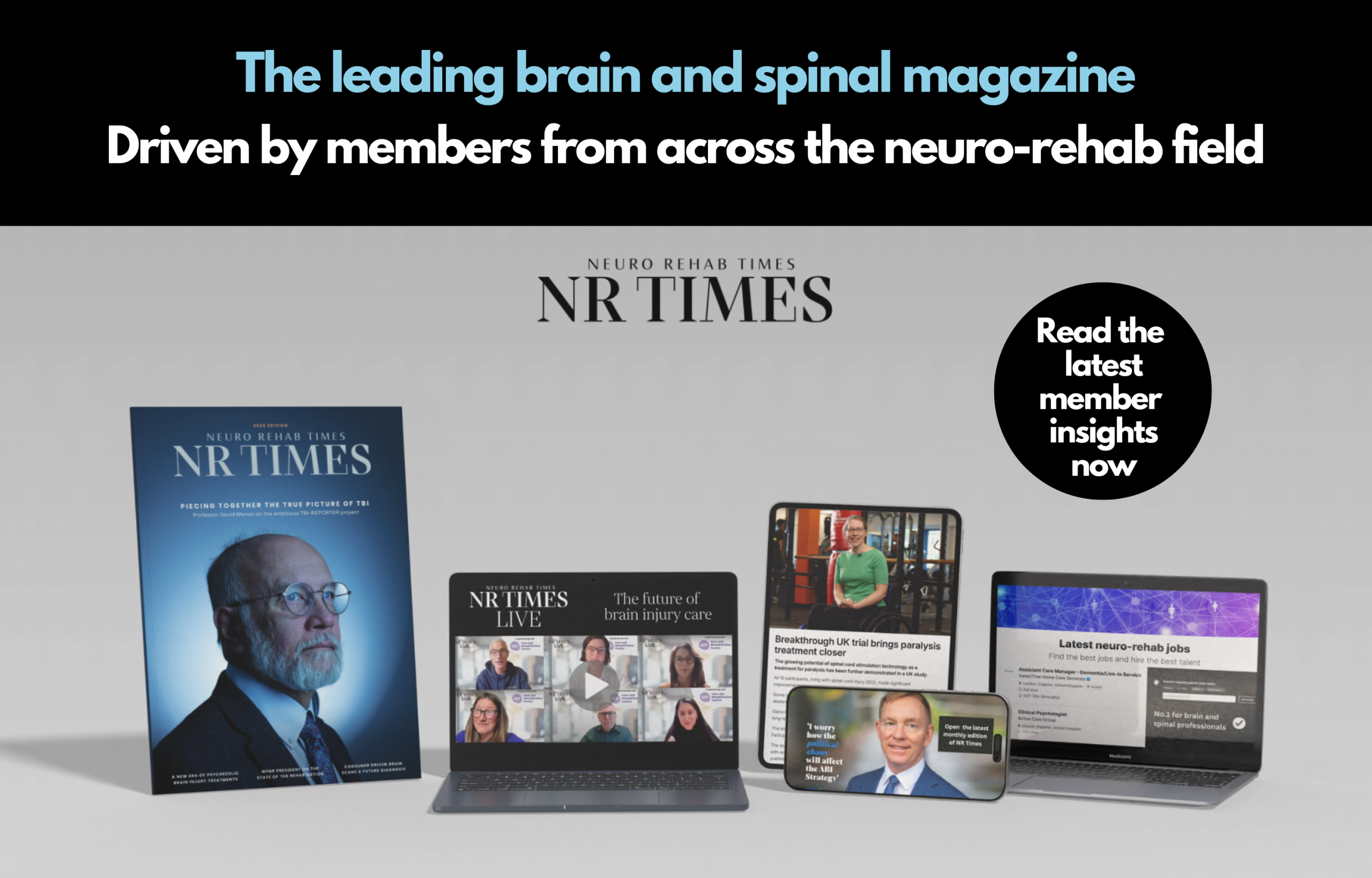
In one of the largest studies of DNA and brain volume, researchers have identified 254 genetic variants that shape key structures in the “deep brain,” including those that control memory, motor skills, addictive behaviours and more.
The findings could have implications for the development of treatments and diagnostics for neurological conditions.
The study is led by the Enhancing Neuro Imaging Genetics through Meta-Analysis (ENIGMA) consortium, an international effort based at the University of Southern California (USC), which brings together more than 1,000 research labs across 45 countries to hunt for genetic variations that affect the brain’s structure and function.
Identifying brain regions that are larger or smaller in some groups (for example, people with a specific brain disease) compared to others can help scientists start to understand what causes dysfunction in the brain.
Finding the genes that control the development of those brain regions offers a further clue about how to intervene.
In the study, a team of 189 researchers from around the world collected DNA samples and magnetic resonance imaging brain scans, which measured volume in key subcortical regions — also known as the “deep brain” — from 74,898 participants.
They then performed genome-wide association studies, or GWAS, an approach that can identify genetic variations linked to various traits or diseases, finding some gene-brain volume associations that carried a higher risk for Parkinson’s disease and attention-deficit/hyperactivity disorder (ADHD).
“There is strong evidence that ADHD and Parkinson’s have a biological basis, and this research is a necessary step to understanding and eventually treating these conditions more effectively,” said Miguel Rentería, principal investigator of the Nature Genetics study.
“Our findings suggest that genetic influences that underpin individual differences in brain structure may be fundamental to understanding the underlying causes of brain-related disorders,” he said.
The researchers analysed brain volume in key subcortical structures, including the brainstem, hippocampus, amygdala, thalamus, nucleus accumbens, putamen, caudate nucleus, globus pallidus and ventral diencephalon.
These regions are critical for forming memories, regulating emotions, controlling movement, processing sensory data from the outside world, and responding to reward and punishment.
GWAS revealed 254 genetic variants associated with brain volume across those regions, explaining up to 10 per cent of the observed differences in brain volume across participants in the study.
While previous research has clearly linked certain regions with disease, such as the basal ganglia with Parkinson’s disease, the new study reveals which gene variants shape brain volume with greater precision.
The researchers note that the study is correlational, so more investigation is needed before genes can be causally linked with various diseases.










